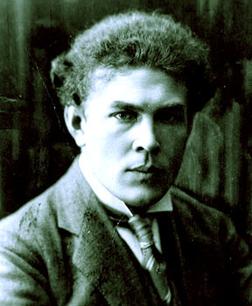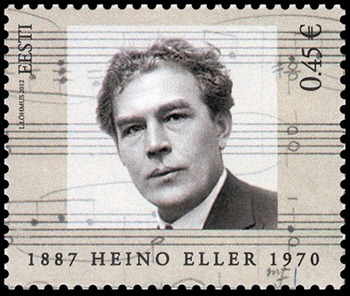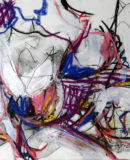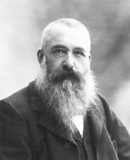The Music of Heino Eller-Kodumaine Viis (Home Melody)
Meeli Koiva, the internationally recognised Estonian artist, has recently presented us with a video of one of her fellow countryman’s music accompanied by delightful photos of her beloved country. We hope that any visitor to this site, will be as delighted with this profound and touching music as I am. Dario Poli.
Meeli recently wrote to me: “New energy, new beautiful hope and new visions and new innovations are in the air”.
“The notable Estonian composer Heino Eller music for you: KODUMAINE VIIS (HOME MELODY)
This music is one of the most popular music in Estonia via history ( telling the story about Estonian landscapes and about Estonian people, it describes the melancholic northern feelings of Estonians). He was also the teacher of composer Arvo Part”. Meeli Koiva.
Heino Eller; his biography
Eller was born in Tartu, where he took private lessons in violin and music theory, played in several ensembles and orchestras, and performed as violin soloist. In 1907 he entered the Saint Petersburg Conservatory to study violin. From 1908 to 1911 he was a law student. In 1920 Eller graduated from the conservatory renamed to Petrograd Conservatory.
From 1920 to 1940, Eller was a professor of music theory and composition at the Tartu Higher School for Music. During this time he formed the Tartu school of composition, which gave rise to many composers, including Eduard Tubin. In 1940 he became a professor of composition at the Tallinn Conservatory and taught there until his death in 1970. He was named a People’s Artist of the USSR in 1967.
Eller was a legendary teacher of composition. The school he formed in Tartu counterbalanced the so-called Tallinn school headed by Artur Kapp. Eller’s pedagogical talent is versatile. The list of his pupils offers the best proof of this: each of them has created a distinguished original style. Among his students were Eduard Tubin, Villem Kapp, Kaljo Raid, Boris Kõrver, Anatoli Garshnek, Leo Normet, Valter Ojakäär, Uno Naissoo, Arne Oit, Jaan Rääts, Heino Jürisalu, Arvo Pärt, Alo Põldmäe, Lepo Sumera, Boris Parsadanian.
Selected works
Eller primarily composed instrumental music. His symphonic works, especially Koit and Videvik, break new ground for Estonian symphonic music. His musical language contains many national traits, but he was influenced by 20th-century styles as diverse as impressionism and expressionism.
 Koit (Dawn), Tone Poem (1915–1918, 1920)
Koit (Dawn), Tone Poem (1915–1918, 1920)
Videvik (Twilight), Tone Poem (1917)
Moderato sostenuto in D minor for voice, viola and piano (1921)
Elegia for harp and string orchestra (1931)
Concerto in B minor for violin and orchestra (1937)
Five Pieces for string orchestra (1953)
(Eller Info Courtesy of Wikipedia)
Disclaimer: The views, opinions and positions expressed within this guest article are those of the author Dario Poli alone and do not represent those of the Marbella Marbella website. The accuracy, completeness and validity of any statements made within this article are not guaranteed. We accept no liability for any errors, omissions or representations. The copyright of this content belongs to Dario Poli and any liability with regards to infringement of intellectual property rights remains with the author.


















The opinions expressed by individual commentators and contributors do not necessarily constitute this website's position on the particular topic.